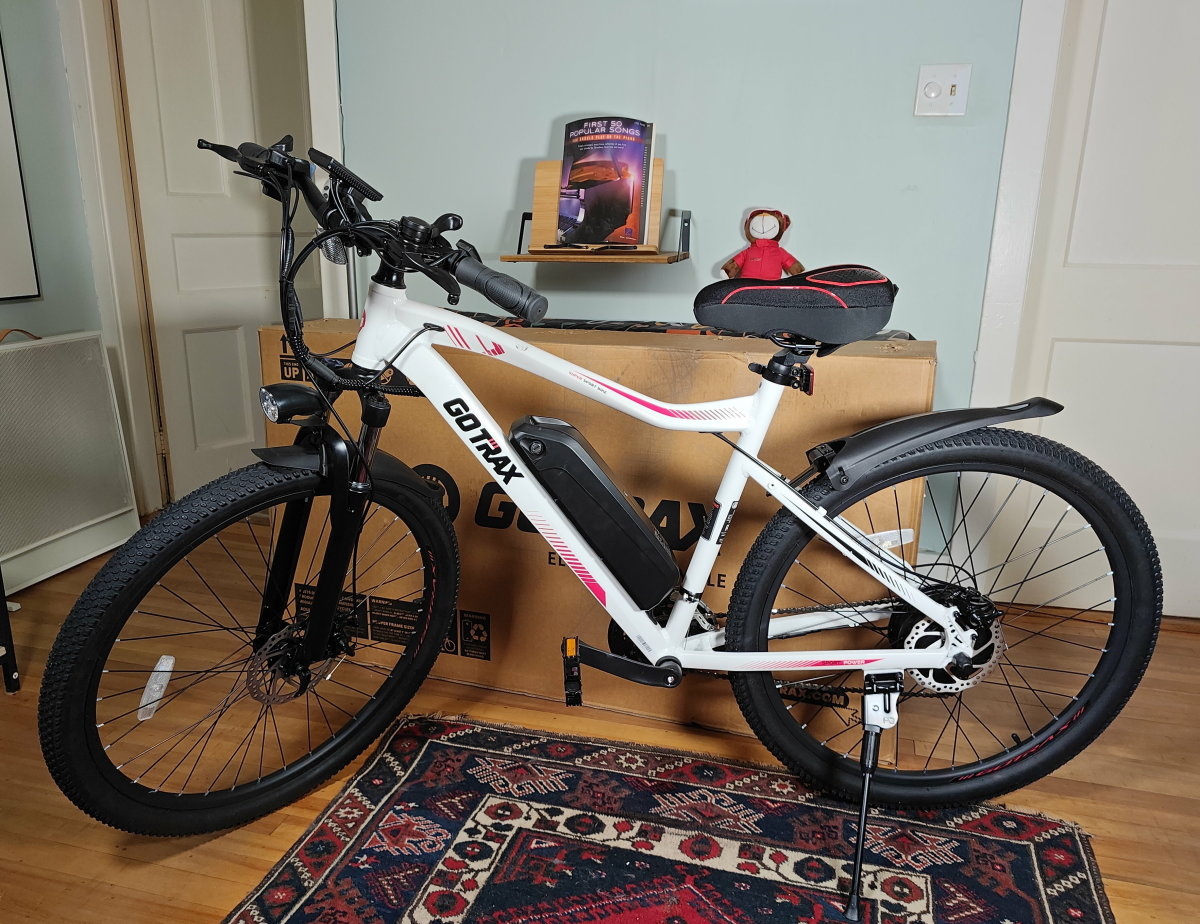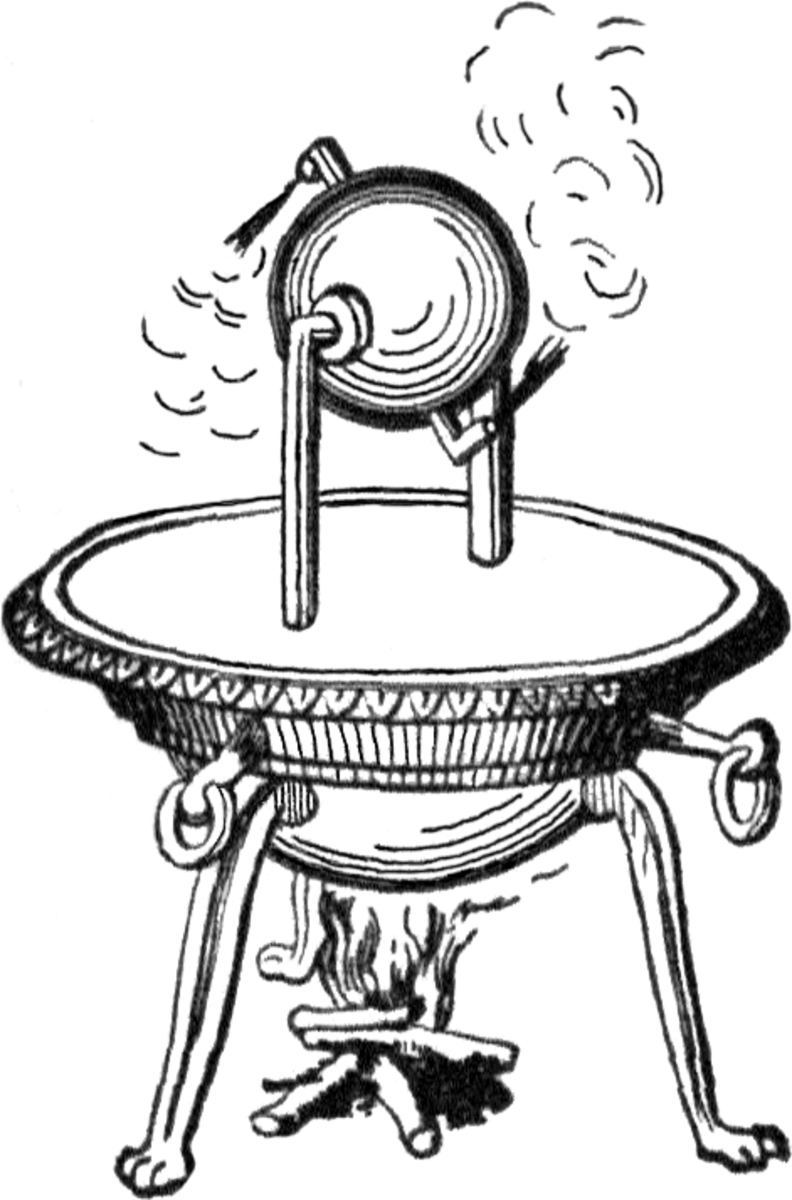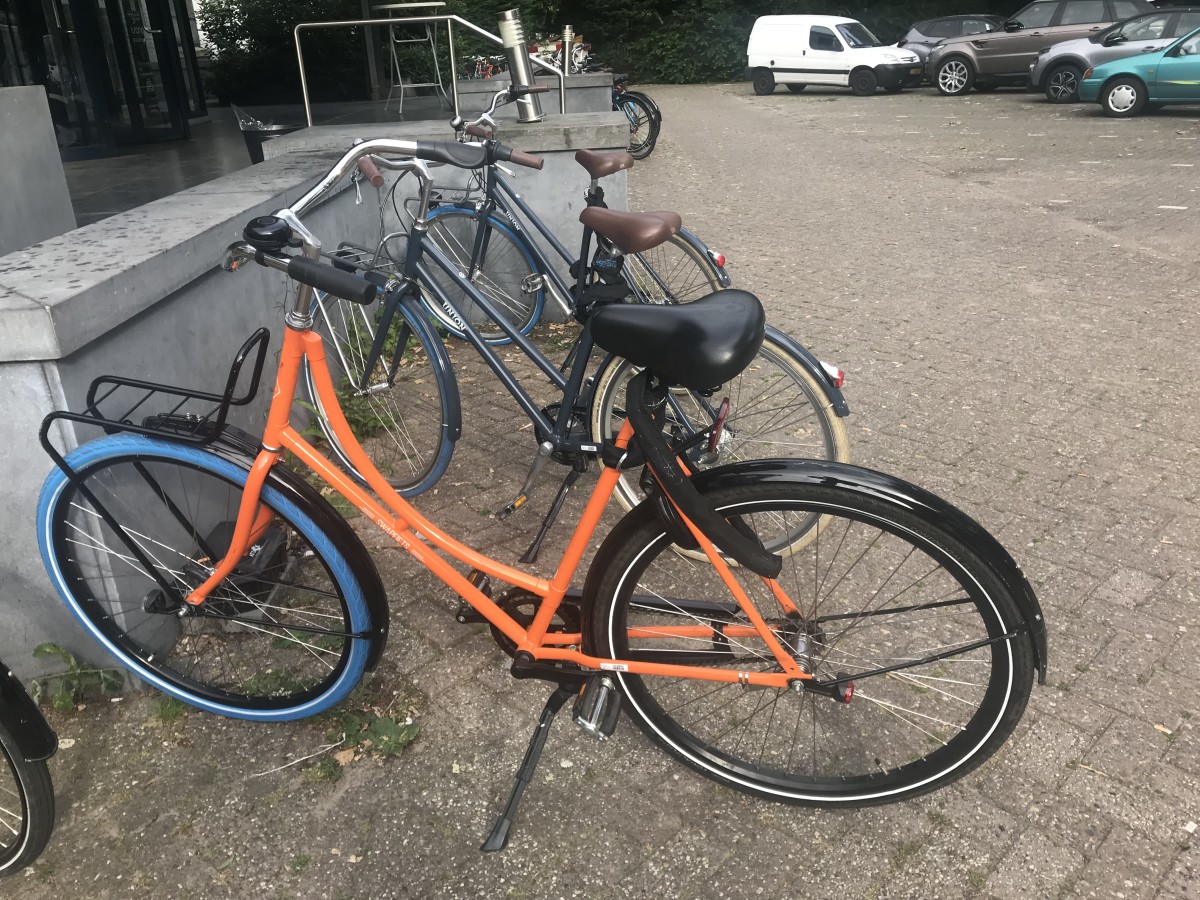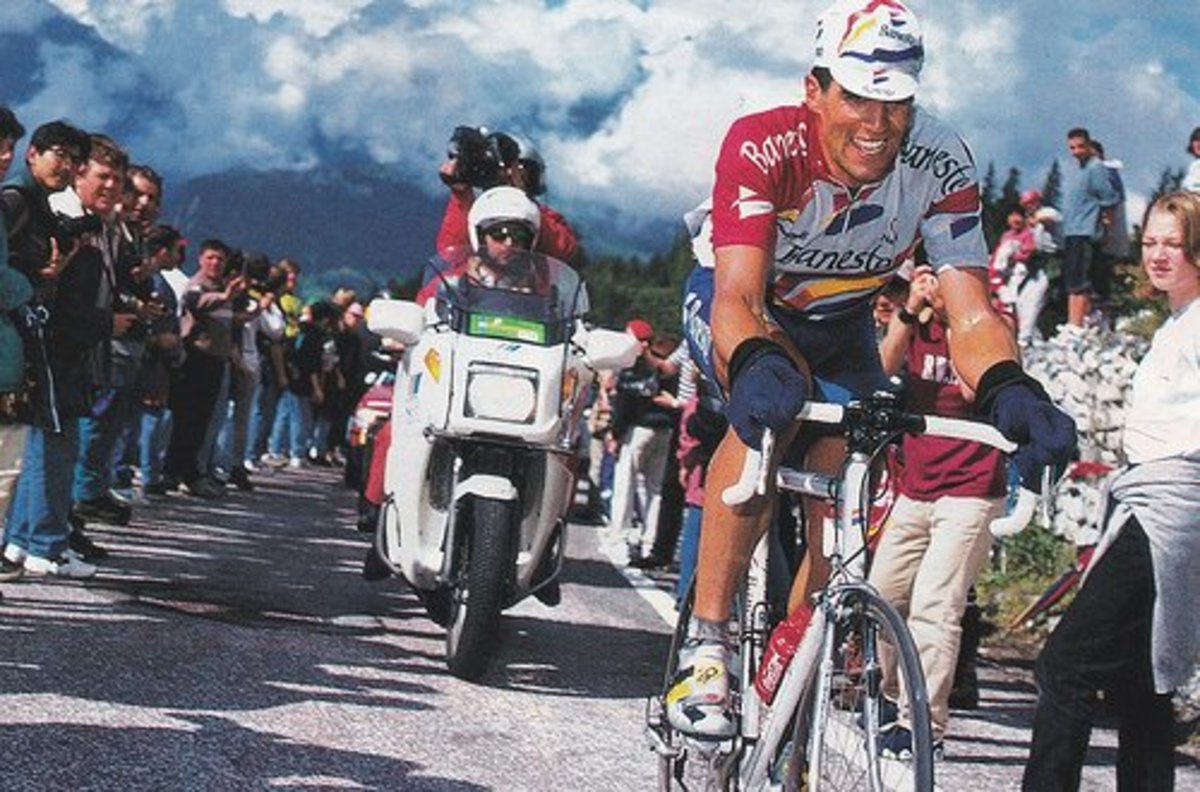The Evolution of the Bicycle
The invention of the first two-wheeled machine has been attributed to, amongst others, J. N. Niepce and Carl Drais. The former is said to have ridden in the Luxembourg Gardens, on a machine consisting of two wheels in line, and connected by a wooden beam. Baron Carl Drais von Sauerbronn, of Mannheim, improved upon Niepce's model the celeri-pede, as it was named; and his improved model appeared in London under the patent of Dennis Johnston and with such names as draisine, pedestrian curricle and velocipede. All these versions were propelled by pushing on the ground with the feet.
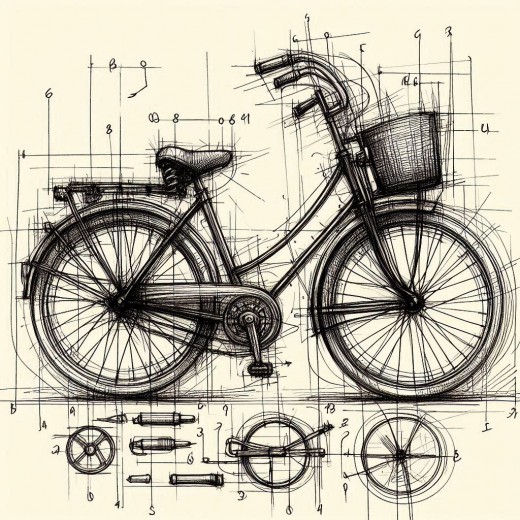
Kirkpatrick Macmillan (1810-78), a Dumfries blacksmith, developed a machine which was driven by a parallel foot motion (1839) and is the precursor of modern bicycles.
In 1865, Lallement, in Paris, applied the crank-drive to the front wheel, and further improvements were the use of solid rubber, instead of iron, for tyres, and wheels with wire, instead of wooden, spokes. These improvements enabled the diameter of the front wheel to be increased to the maximum allowed by the length of the rider's legs. This resulted in the famous penny-farthing models, which remained in vogue for many years, until, in 1876, H. J. Lawson, of Brighton (Eng.), designed a rear-wheel driven machine which he registered as The Safety, though it was not until 1885 that the design became popular. I. K. Starley's Rover safety machine, ridden by George Smith, won the 100 m. road race in Sept. 1885 in 7 hrs. 16 mins. 16 sees. This Rover, slightly improved, was the prototype of the modern bicycle.
Other milestones in the history of bicycles included the introduction by William Bown (1877) of ball bearings, the invention of pneumatic tyres by Thomson (1843), and their re-invention by Dunlop (1888), and the introduction into the rear hub of a variable gear. The popularity of the bicycle, both as a means ot transport and as a vehicle for a thrilling sport, has grown through the years. Recent figures indicate that there are more than 60 million bicycles in use.
The Evolution of the Bicycle
Bicycles go back to the hobby horse, patented by Baron Drais von Sauerbronn in 1818. This was a wooden backbone with two wheels, of which the rear wheel was fixed and the front carried a pivoted fork. Dennis Johnson, a coach-maker of Long Acre, introduced it into London in the same year and founded a school for tuition in riding 'pedestrian curricles'. The rider pushed himself along by a striding action in which each foot in turn gave a shove-off from the road surface; the pivoted front wheel enabled him both to maintain balance and change direction. He coasted down hills, but when he climbed uphill he heaved the machine, weighing about fifty pounds, on to his shoulder.
No driving mechanism was added until 1839, when Kirkpatrick Macmillan fitted cranks to drive the rear wheel by means of a to-and-fro motion of pedals. Treadles to drive the front wheel were a feature of the two-wheeled velocipede of 1850 - 'Straddle a saddle, then paddle and skedaddle'. The velocipede sold at £10 14s. which was well outside the reach of the skilled fitter receiving £89 per annum, to say nothing of the agricultural worker at £28 or the female domestic servant at £8 10s.
The original 'boneshaker' bicycles were made in 1865 by E. Michaux, of Paris. The front wheel, larger than the rear wheel, was driven by cranks mounted directly on its axle. Pierre Lallement, the designer, patented his invention in the United States in 1866. The wheels, of wood, had iron tyres. The wire-spoked wheel was first introduced by W. F. Reynolds and J. A. Mays in their 'Phantom' bicycle of 1869, in which the wires were held in tension between the hub and the wooden rim of a wheel, which was provided with a solid rubber tyre. In James Starley's 'Ariel' bicycle of 1870 there was provision for tightening the wire spokes, and weight was reduced by making wheels and frame entirely of iron. The front wheels were gradually enlarged to obtain increased speed without increasing pedalling speeds. Tubular frames were then introduced, and by 1884 a 'Rudge' ordinary bicycle for racing weighed only twenty-one-and-a-half pounds, although the front wheel had a diameter of fifty-eight inches (the diameter of the rear wheel was only sixteen-and-a-quarter inches). Saddles, in these 'penny-farthing' machines, were brought as near the steering column as possible. The result was that sudden braking or meeting an obstacle might easily tip the rider on to his head. So it is no wonder that the 'penny farthing' appealed mostly to the young and that there arose a demand for more sedate machines to serve the older portion of the cycling population, which grew apace in communities ill-served by public transport and unable to afford carriage and horses.
Cycles with a chain-drive through gearing (but still on the front wheel) and with rearward fixed saddles were the rule from 1878 for ten years or more. In these 'Kangaroo' cycles of 1878, with which, in 1884, a speed record of 100 road miles in seven hours seven minutes eleven seconds was put up, the front wheels were only three feet in diameter. The first rear chain-drive 'safety' bicycle was madein 1873-1874 by Harry Lawson,but was not produced commercially until 1879, when it was called the 'Bicyclette'. In 1888 the rubber pneumatic tyre was introduced by J. B. Dunlop.
Tricycles, for ladies and the elderly, were introduced in 1876. The familiar but heavy 'drop-frame' design of bicycle for ladies goes back to 1884; although it was ten years or so before women began to appreciate the effectiveness of the design. A similar dropped frame had actually been introduced for the hobby horse in 1819, to make it suitable for women, but even male riders had been subjected to ridicule and women did not dare to venture out on these machines, which in any case weighed sixty-six pounds.
Variable-speed gears, to make hill-climbing easier, came in 1889. They were at first two-speed only, but in the early years of the twentieth century the three-speed gear was so improved that it found greater favour. The converse of the variable-speed gear was the free-wheel clutch to conserve the rider's energy when cycling downhill, a feature devised by Linley and Biggs in 1894. Many specialized improvements have been made in the last half-century.
This content is accurate and true to the best of the author’s knowledge and is not meant to substitute for formal and individualized advice from a qualified professional.
© 2009 Bits-n-Pieces

